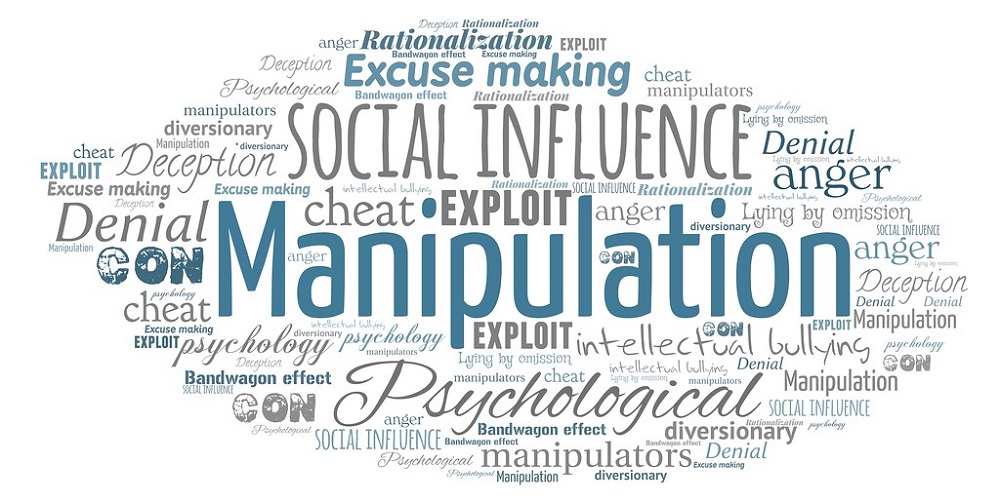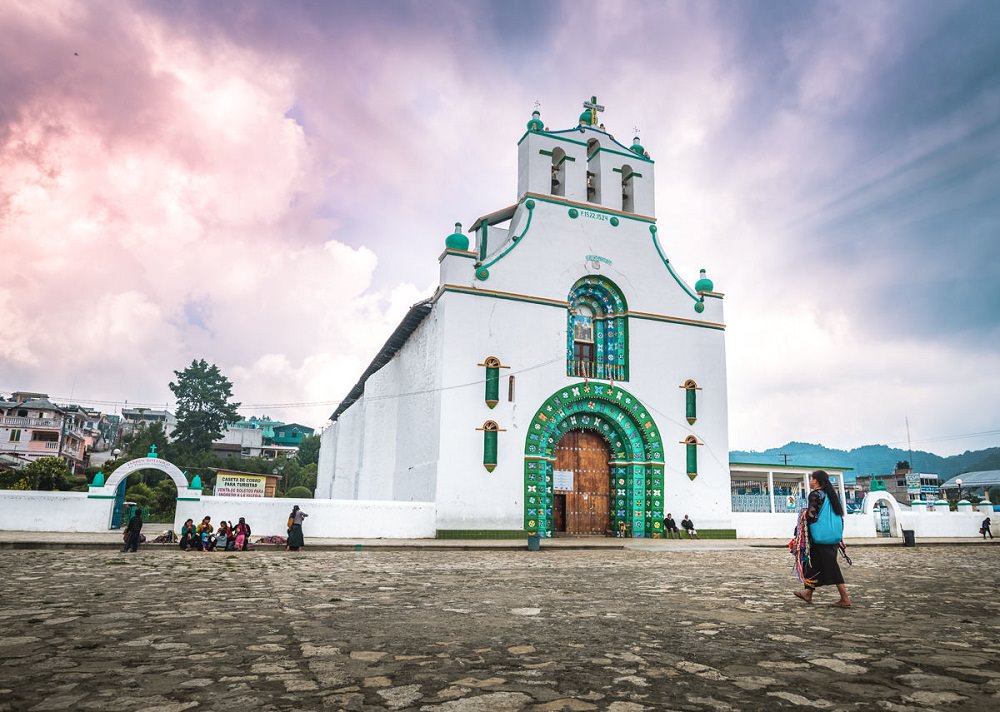Church of the Highlands Exposed
In recent years, the phrase “Church of the Highlands exposed” has become increasingly common in religious circles and local media. This exposé has brought to light a series of controversies surrounding one of Alabama’s largest and most influential megachurches. Founded in 2001 by Pastor Chris Hodges, the Church of the Highlands has grown from a small congregation to a sprawling organization with over 60,000 weekly attendees across multiple branches. However, beneath its rapid growth and proclaimed mission of Christian outreach lies a complex web of allegations and scandals that have shaken the faith of many and raised questions about the integrity of large religious institutions.
Background of the Church
The Church of the Highlands began as a vision of Pastor Chris Hodges to create a place of worship that would attract people from all walks of life. Over two decades, it has expanded its reach far beyond its Birmingham roots, establishing a significant presence both physically and digitally. The church’s growth has been phenomenal, with branches spreading across Alabama and into neighboring states.
Central to its operations is Highlands College, an institution dedicated to training the next generation of Christian leaders. This educational arm, combined with the church’s extensive online ministry, has helped cement its influence in the evangelical Christian community.
The Genesis of the Controversy
The controversy surrounding the Church of the Highlands didn’t emerge overnight. It began with whispers and individual complaints from former congregants and staff members. These voices, initially dismissed or overlooked, gradually grew louder and more numerous. What started as isolated incidents of discontent soon coalesced into a broader narrative of alleged misconduct and questionable practices within the church’s leadership.
As more people came forward with their stories, a pattern began to emerge, suggesting that the issues were not merely isolated incidents but potentially indicative of systemic problems within the organization. This growing chorus of dissent eventually caught the attention of local media and watchdog groups, catapulting the church’s internal struggles into the public eye.
Key Allegations and Scandals
The Church of the Highlands has faced numerous allegations and scandals that have significantly impacted its reputation and operations. These controversies span several areas, including financial management, sexual misconduct, emotional manipulation, and racial insensitivity.
Financial Mismanagement
One of the most damaging allegations against the Church of the Highlands concerns financial mismanagement. Critics assert that the church’s leadership has misused funds intended for ministry and community outreach. A central issue has been “The Lodge,” a $4.5 million retreat center. Originally presented as a facility for pastoral restoration, its funding and intended use have come under intense scrutiny. Allegations suggest that the retreat center’s expenses may have been inappropriately justified and its purpose misrepresented, leading to questions about the church’s financial transparency and accountability. The controversy has raised broader concerns about the overall management of church resources and the integrity of its financial practices.
Sexual Misconduct Allegations
Sexual misconduct allegations have further tainted the Church of the Highlands. The most high-profile case involves Pastor Micahn Carter, who was accused of sexual assault in 2020. Initially, the church supported Carter, but it later severed ties with him after the allegations became more widely known. The church’s handling of this case, including its initial response and subsequent actions, has been criticized for lacking transparency and due diligence. Moreover, other lawsuits have emerged, alleging that the church engaged in cover-ups of similar incidents. These allegations have cast a shadow over the church’s commitment to safeguarding its members and addressing serious issues of misconduct.
Emotional and Psychological Manipulation

Allegations of emotional and psychological manipulation within the Church of the Highlands paint a troubling picture of its internal culture. Former members and staff have described an environment where coercive tactics and gaslighting were allegedly used to exert control over the congregation. Reports suggest that leadership employed manipulative strategies to maintain influence, suppress dissent, and ensure compliance among members. Such practices, if true, not only undermine the church’s ethical standing but also raise concerns about the well-being and autonomy of its congregation.
Racial Controversy
Racial controversy has also been a significant issue for the Church of the Highlands. In 2020, Pastor Chris Hodges liked several social media posts from a known conservative commentator, which many perceived as racially insensitive. This action sparked public backlash and criticism, leading Hodges to issue an apology. The incident triggered broader discussions about the church’s stance on racial issues and its commitment to addressing racial diversity and inclusion. The controversy highlighted the challenges faced by religious institutions in navigating sensitive social issues and maintaining a positive public image in a diverse and connected world.
The Association of Related Churches (ARC)
The controversy surrounding the Church of the Highlands has also brought attention to the Association of Related Churches (ARC), co-founded by Chris Hodges. ARC is a network that helps plant and grow churches across the United States. While ARC has been instrumental in the rapid expansion of many churches, including the Church of the Highlands, it has also faced scrutiny regarding its governance structure and the level of oversight it maintains over member churches.
Critics argue that the close-knit nature of ARC’s leadership, often comprised of pastors from member churches, could potentially lead to conflicts of interest and a lack of true accountability. The relationship between ARC and its member churches has become a point of contention, with some questioning whether this structure enables or even encourages problematic behaviors to go unchecked across multiple institutions.
Church’s Response to Allegations
In the face of mounting allegations, the Church of the Highlands and its leadership have issued several responses. Official statements have categorically denied many of the accusations, asserting that they are unfounded or based on misunderstandings. The church has emphasized its commitment to financial responsibility and ethical governance, pointing to existing accountability measures such as financial audits and oversight by a board of directors.
Pastor Chris Hodges has made specific statements regarding The Lodge, attempting to clarify its purpose and funding. He has insisted that it was never intended to house clergy accused of sexual misconduct, but rather to serve as a retreat for pastors suffering from burnout. However, these explanations have been met with skepticism from critics and some community members who continue to call for greater transparency.
The church has also stated a willingness to engage in dialogue with concerned parties, though the effectiveness and sincerity of these efforts have been debated. Notably, the church has indicated a change in its stance on handling clergy misconduct cases, with Hodges stating they will no longer take on cases like that of Micahn Carter.
Impact on the Church Community
The ongoing controversy has had a profound impact on the Church of the Highlands community. Many followers have experienced confusion, disappointment, and a sense of betrayal. The congregation has become divided, with some staunchly defending the church and its leadership, while others are calling for significant reforms and greater accountability.
This turmoil has led to introspection among many members, prompting them to question not just their commitment to this particular church, but also their understanding of faith and religious leadership in general. Some have reported changes in attendance patterns, with certain members choosing to leave the church altogether.
The controversy has also affected the church’s extensive community outreach programs. While these programs have been a cornerstone of the church’s ministry, the negative publicity has complicated their efforts and relationships with community partners.
Media Coverage and Public Perception
Local and national media coverage of the Church of the Highlands controversy has been extensive, contributing significantly to shaping public perception. Initial reports focused on individual allegations, but over time, the coverage has evolved to examine systemic issues within the church and the broader implications for religious institutions.
Public perception of the church has shifted dramatically since the controversies came to light. Once widely regarded as a model of modern church growth and community engagement, the Church of the Highlands now faces a more complex and divided public opinion. Social media has played a crucial role in amplifying both criticism and support, creating a dynamic and often heated public discourse.

Lessons for the Faith Community
The Church of the Highlands controversy serves as a critical case study in religious organization accountability. It has sparked a broader dialogue about faith, leadership integrity, and the structures that govern large religious institutions. The situation highlights the delicate balance between rapid church growth and maintaining ethical standards and transparency.
The impact of this controversy extends beyond the Church of the Highlands itself. Other megachurches and religious institutions are now facing increased scrutiny, with stakeholders and the public alike calling for greater accountability and transparency. This has led to a reevaluation of governance structures and accountability measures across various religious organizations.
The role of social media in amplifying the controversy cannot be overstated. It has provided a platform for both accusers and defenders, rapidly spreading information (and misinformation) and shaping public opinion. This digital aspect of the controversy underscores the need for religious institutions to be prepared for the rapid dissemination of information and criticism in the digital age.
The Path Forward
As the Church of the Highlands grapples with these challenges, several potential paths forward have been suggested by observers and critics:
- Increased Transparency: Implementing more rigorous and transparent financial reporting practices, including regular independent audits.
- Leadership Reforms: Establishing clearer boundaries between personal and church finances for leadership, and potentially restructuring the leadership team.
- Independent Oversight: Creating an independent board with members from outside the church to provide impartial oversight.
- Improved Complaint Procedures: Developing and publicizing clear procedures for handling allegations of misconduct, ensuring that complainants feel heard and protected.
- Community Engagement: Actively engaging with the broader community, including critics, to rebuild trust and demonstrate a commitment to positive change.
- Ethical Training: Implementing comprehensive ethical training programs for all levels of church leadership and staff.
Rebuilding trust and credibility will be a long-term process for the Church of the Highlands. It will require not just policy changes, but a fundamental shift in organizational culture and a demonstrated commitment to the values the church professes.
Conclusion
The “Church of the Highlands exposed” controversy has revealed the complex challenges facing modern megachurches. What began as a success story in church growth has become a cautionary tale about the importance of maintaining ethical standards, transparency, and accountability, even—or especially—in times of rapid expansion and success.
The ongoing nature of this controversy underscores the fact that these issues are not easily resolved. They require continuous effort, self-reflection, and a willingness to embrace change and criticism. The Church of the Highlands case has become a pivotal moment not just for this particular institution, but for religious organizations across the country.
As this story continues to unfold, it serves as a reminder of the delicate balance between faith, leadership, and accountability in religious institutions. It challenges both leaders and followers to critically examine their roles and responsibilities in creating and maintaining ethical, transparent, and truly faith-driven communities.
The lessons learned from this controversy will likely influence discussions about religious governance and ethics for years to come, shaping the future of how megachurches and other large religious institutions operate in an increasingly scrutinizing and connected world.